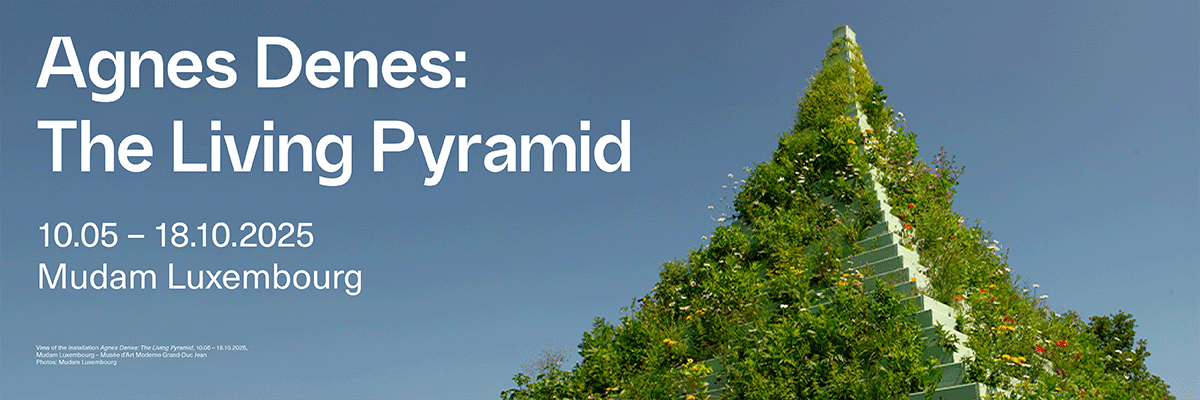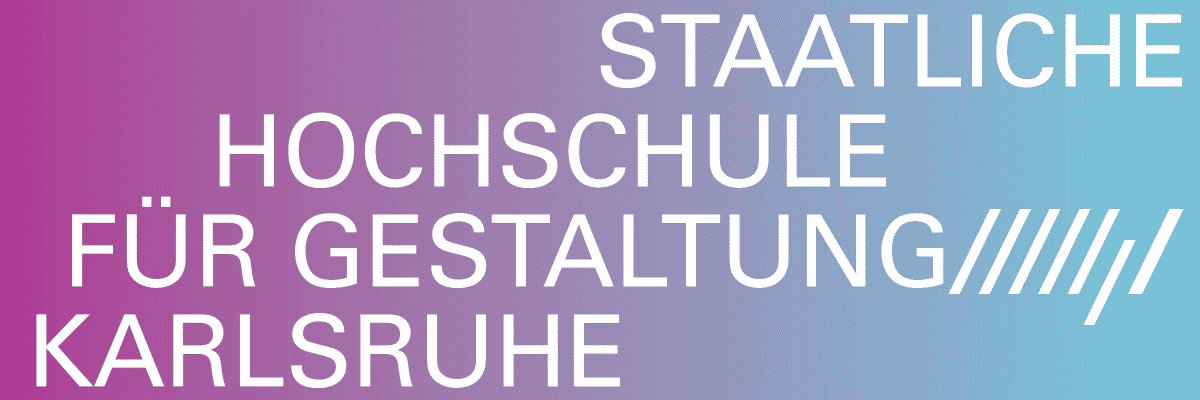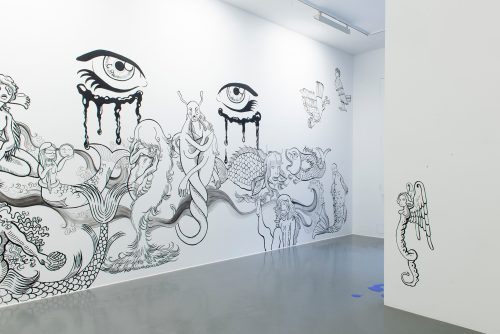
Groupshow
GHOSTING
Project Info
- 💙 M.1 Arthur Boskamp-Stiftung
- 💚 Agnieszka Roguski
- 🖤 Groupshow
- 💜 Agnieszka Roguski
- 💛 Jens Franke
Share on

GHOSTING, 2023, installation view, M.1 Arthur Boskamp-Stiftung. Photo: Jens Franke.
Advertisement

GHOSTING, 2023, installation view, M.1 Arthur Boskamp-Stiftung. Photo: Jens Franke.

GHOSTING, 2023, installation view, M.1 Arthur Boskamp-Stiftung. Photo: Jens Franke.

Natasha Tontey, Garden Amidst the Flame (2022). Photo: Jens Franke.

Hannah Quinlan & Rosie Hastings, In My Room (2020), Photo: Jens Franke.

GHOSTING, 2023, installation view, exhibition display by Martha Schwindling, M.1 Arthur Boskamp-Stiftung. Photo: Jens Franke.

Tra My Nguyen, Bodies (2019-20). Photo: Jens Franke.

Tra My Nguyen, Bodies (2019-20). Photo: Jens Franke.

Orawan Arunrak, After This... (2021–2022). Photo: Jens Franke.

Orawan Arunrak, After This... (2021–2022). Photo: Jens Franke.

GHOSTING, 2023, exterior view, exhibition display by Martha Schwindling, M.1 Arthur Boskamp-Stiftung. Photo: Jens Franke.

GHOSTING, 2023, exterior view, exhibition display by Martha Schwindling, M.1 Arthur Boskamp-Stiftung. Photo: Jens Franke.

GHOSTING, 2023, exterior view, exhibition display by Martha Schwindling, M.1 Arthur Boskamp-Stiftung. Photo: Jens Franke.
On May 13th, the project cycle GHOSTING started with the opening of an almost six-month ex- hibition that will be shown in two parts. Ghosting, the abrupt and ghostly ending of relationships, becomes a tangible experience: the annual programme curated by Agnieszka Roguski transfers the phenomenon of online communication into global contexts. At the same time, it localises the ghostly in the concrete situation of the Arthur Boskamo-Stiftung.
Ghosting, the ghostlike disappearance of people, means breaking off, disrupting and separating ongoing relationships, predominantly online. Yet ghosting goes far beyond broken chat histories: ghosts of the past are a part of our present. They tell stories with open endings, mix up different times and revive places that are otherwise forgotten. Therefore, ghosts can react to a present in crisis which is characterised by financial speculation, social uprooting and media acceleration. GHOSTING asks how, against this background, the haunting of the past shakes the limitations of the present – and thus designs new readings of the future.
The global dimensions of the programme have a local starting point: the changed focus of the foundation due to the renovation of the historically significant former soldiers’ home by the archi- tect Fritz Höger. GHOSTING addresses this institutional transformation through a cross- disciplina- ry programme that takes up the social, political and poetic effects with which ghosts of the past are conjured up in situations of upheaval – and thus places the supposedly remote, placeless or queer at the centre of the action.
page 1/6
The almost six-month exhibition is presented in two chapters. The spatial situation will be altered in order to tell different stories of the show; it opens up new perspectives on the supposedly fami- liar highlights the factor of time as a turning moment. The two-part video programme with Hannah Quinlan & Rosie Hastings, Riar Rizaldi, Sungsil Ryu, Natasha Tontey and Jala Wahid creates interfaces of digital and analogue space, past and future, centre and periphery, home and diaspo- ra. Orawan Arunrak’s installation work is about the voids that are not named in the idea of “home” and the possibilities of using them to embark on one‘s own journey. In Tra My Nguyen’s sculptu- res, aspects of gender, labour, migration and technology merge into new materialities.
Orawan Arunrak is a Thai artist who lives and works between Bangkok and Berlin. Her work has been shown most recently at Kunstverein Hamburg (2023), GHOST;2565, Bangkok (2022) and Hamburger Bahnhof – Nationalgalerie der Gegenwart, Berlin (2021).
Tra My Nguyen is a Berlin-based artist whose multidisciplinary practice encompasses moving image, textile and the production of sculpture. Her work has been exhibited at the State of Fashion Biennale in Arnhem (2022), Bundeskunsthalle Bonn (2021), Kühlhaus Berlin (2020) and Human Resources in Los Angeles (2018), among others.
Video
Chapter I: 14 May – 21 July 2023
Hannah Quinlan & Rosie Hastings: In My Room (2020) Natasha Tontey: Garden Amidst the Flame (2022)
In My Room is part of a long-term study by Hannah Quinlan & Rosie Hastings, with which the London-based artist duo responds to the systematic closures of queer spaces in the UK. Quin- lan and Hasting’s work includes painting, drawing, video, performance, publication and installation. They have most recently had solo exhibitions at The Box Plymouth (2023), Tate Britain and Kunst- halle Osnabrück (both 2022).
Garden Amidst the Flame is a coming-of-age story that follows the fantasy of a young girl
in a non-linear time structure. Natasha Tontey explores the rituals of the Minahasa, an indigenous group in North Sulawesi, Indonesia. Natasha Tontey is an Indonesian artist who explores the possibility of other futures. Her recent exhibitions include a solo show at Auto Italia, London (2022) and group shows at the Singapore Biennale, at De Stroom Den Haag, GHOST;2565, Bangkok, Protozone8 Queer Trust / Shedhalle Zurich, Arko Art Council, Seoul (all 2022).
Chapter II: 22 July 2023 – 29 October 2023
Riar Rizaldi: Notes from Gog Magog (2022)
Sungsil Ryu: The Burning Love Song (2022)
Jala Wahid: Cry Me a Waterfall (2021)
Notes from Gog Magog combines ghost stories with the corporate spirit of large technology corporations. Riar Rizaldi is an artist and filmmaker. His practice focuses on the relationships bet- ween capital and technology, labour and nature, worldviews and genre cinema. His work has been shown at the Seoul Museum of Art (2023), as well as the 17th Istanbul Biennial (2022) and Centre Pompidou Paris (2021), among others.
In The Burning Love Song, Sungsil Ryu uses garish pop references to expose the capitalist consumer logic of a deeply mediatised society. Sungsil Ryu is a Seoul-based artist who traces so- called black comedies of everyday Korean life in her paintings and installations. She has had solo exhibitions at the Fondation d’entreprise Hermès, Seoul (2022) and the Post Territory Ujeongguk in Seoul (2019).
Cry Me a Waterfall explores the long-distance relationship between a person in the diaspo- ra to the disputed region of Kurdistan, which has been denied status as an independent sovereign nation for over a century and whose people and culture have long been suppressed and persecu- ted. Jala Wahid works across sculpture, film, sound, writing and installation. Recent exhibitions in- clude solo shows at Kunstverein Freiburg, Tramway Glasgow (both 2023) and BALTIC (2022-23).
Agnieszka Roguski




